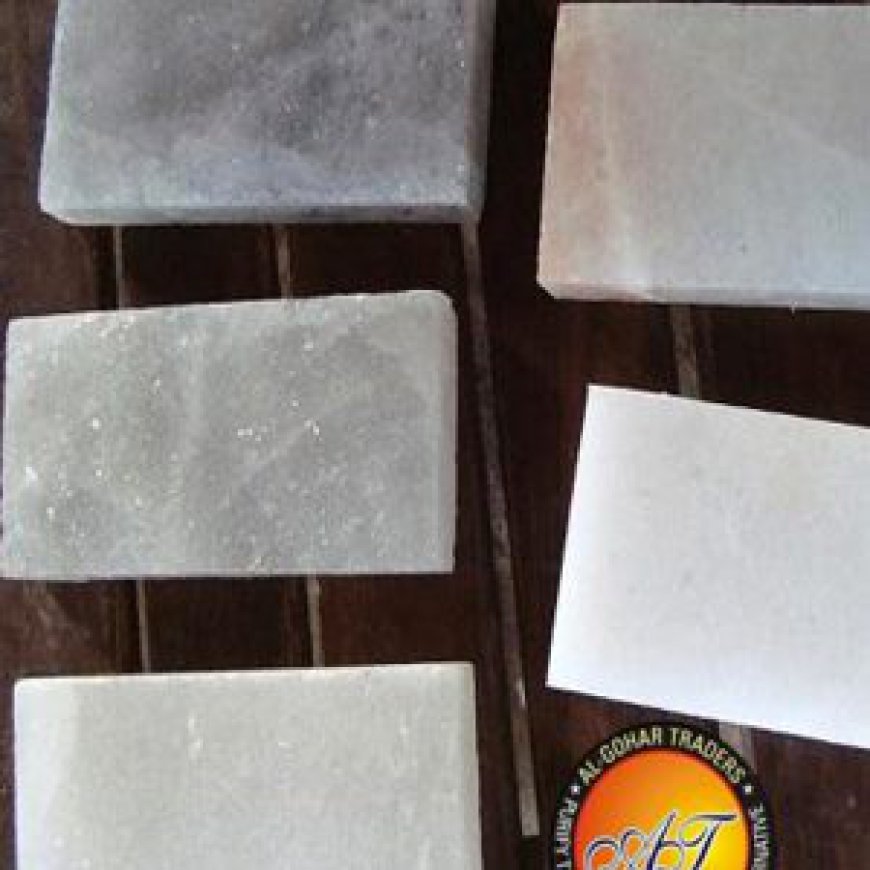brick and tile ceramics
Ceramic bricks and tiles blend practicality with beauty, making them a timeless choice for construction and design.

Brick and tile ceramics have been integral to construction and design for centuries. They offer functionality, durability, and aesthetic appeal, making them indispensable in architecture and interior design. This guide explores the world of ceramic bricks and tiles, detailing their history, production methods, applications, and maintenance.
Algohar World natural salt lamps that are believed to provide various benefits, combining both the aesthetic appeal and the potential health advantages associated with Himalayan salt lamps.
What Are Brick and Tile Ceramics?
Ceramic bricks and tiles are manufactured from natural clay and other materials, shaped, and then fired at high temperatures. Their versatility makes them suitable for a wide range of applications in construction and design.
Key Characteristics
Durability: Resistant to wear, weather, and high temperatures.
Aesthetic Variety: Available in numerous colors, textures, and finishes.
Eco-Friendly: Often made from natural, recyclable materials.
Historical Overview of Ceramic Bricks and Tiles
The use of ceramic materials dates back thousands of years, with ancient civilizations employing bricks and tiles for construction and decoration.
Early Use
Mesopotamia: The earliest ceramic bricks were sun-dried and later fired to enhance strength.
Egypt: Decorative ceramic tiles adorned temples and palaces.
Medieval and Renaissance Periods
Intricate glazed tiles became prominent in Islamic architecture.
Europe saw a surge in brick construction for castles and churches.
Modern Era
Advancements in manufacturing have made ceramic bricks and tiles more accessible, with innovative designs and improved durability.
Production of Ceramic Bricks and Tiles
The production process involves several stages to ensure quality and durability.
Raw Materials
Clay: The primary material, known for its plasticity.
Additives: Materials like sand and feldspar are added to enhance properties.
Manufacturing Process
Preparation: Clay is mixed with water and additives to form a malleable material.
Shaping:
Bricks: Extruded or molded into rectangular shapes.
Tiles: Pressed into flat, uniform shapes.
Drying: Excess moisture is removed to prevent cracking during firing.
Firing: Materials are baked in kilns at temperatures up to 1,200°C.
Glazing (Optional): Tiles can be coated with glaze for added color and shine.
Types of Ceramic Bricks and Tiles
Ceramic products vary based on their intended use, manufacturing process, and design.
Ceramic Bricks
Common Bricks: Basic, unglazed bricks used for structural purposes.
Facing Bricks: Designed for aesthetic appeal, often with textures and colors.
Fire Bricks: High-temperature resistant bricks used in fireplaces and kilns.
Ceramic Tiles
Glazed Tiles: Coated with a glossy or matte finish, suitable for walls and floors.
Unglazed Tiles: Rustic appearance, ideal for outdoor use.
Porcelain Tiles: Dense and durable, suitable for high-traffic areas.
Mosaic Tiles: Small, decorative tiles used in intricate designs.
Applications of Ceramic Bricks and Tiles
Ceramic bricks and tiles are used extensively in both residential and commercial projects.
Construction
Walls and facades for buildings.
Flooring for durability and aesthetics.
Interior Design
Bathrooms: Water-resistant tiles for walls and floors.
Kitchens: Heat-resistant tiles for backsplashes and countertops.
Outdoor Spaces
Pavements: Unglazed tiles for driveways and patios.
Walls: Decorative bricks for garden walls and fences.
Advantages of Ceramic Bricks and Tiles
Their widespread use is due to several inherent benefits.
Durability
Long-lasting and resistant to wear and tear.
Fire and heat resistant, making them ideal for kitchens and fireplaces.
Low Maintenance
Easy to clean with simple wiping or mopping.
Resistant to stains and moisture.
Aesthetic Appeal
Wide range of colors, patterns, and finishes.
Enhances the visual appeal of any space.
Sustainability
Made from natural, recyclable materials.
Energy-efficient, as they retain heat in buildings.
Challenges and Limitations
While highly advantageous, ceramic bricks and tiles do have some drawbacks.
Note: brick and tile ceramics blend practicality with beauty, making them a timeless choice for construction and design.
Fragility
Can crack or chip under heavy impact.
Requires careful handling during installation.
Cost
High-quality ceramic tiles and bricks can be expensive.
Installation costs are higher due to the need for skilled labor.
Weight
Heavier than alternative materials, requiring sturdy foundations.
Installation Process
Proper installation is crucial for achieving the desired results and ensuring longevity.
Surface Preparation
Ensure the surface is clean, level, and free of debris.
Apply a primer if necessary.
Adhesion
Use appropriate adhesives for the material and environment.
Apply adhesive evenly to prevent air pockets.
Grouting
Fill gaps between tiles with grout to create a seamless finish.
Choose grout colors to complement the tile design.
Sealing
Apply sealant for added protection against moisture and stains.
Care and Maintenance
Regular maintenance preserves the beauty and functionality of ceramic bricks and tiles.
Cleaning
Use mild detergents and a soft brush for routine cleaning.
Avoid abrasive cleaners that can damage the surface.
Repairs
Replace cracked or chipped tiles promptly to prevent further damage.
Reapply grout if it becomes discolored or deteriorated.
Prevention
Use mats or rugs in high-traffic areas.
Install protective pads on furniture legs.
Innovations in Ceramic Technology
Recent advancements have expanded the possibilities for ceramic bricks and tiles.
Digital Printing
Enables intricate designs and patterns.
Mimics natural materials like wood and stone.
Eco-Friendly Manufacturing
Incorporates recycled materials and energy-efficient processes.
Develops lightweight, thinner tiles to reduce material use.
Smart Tiles
Embedded with sensors for temperature or lighting control.
Offer enhanced functionality for modern homes.
Frequently Asked Questions
Are Ceramic Tiles Waterproof?
Most ceramic tiles are water-resistant, but not all are completely waterproof. Proper sealing ensures protection against moisture.
Can Ceramic Bricks Be Used Outdoors?
Yes, unglazed and specially designed bricks are suitable for outdoor use.
How Long Do Ceramic Bricks and Tiles Last?
With proper care, they can last for decades, often outliving other construction materials.
Conclusion
Ceramic bricks and tiles blend practicality with beauty, making them a timeless choice for construction and design. Their durability, versatility, and eco-friendly properties ensure their continued popularity in various applications. Whether you're building a home, renovating a space, or crafting a unique design, ceramic bricks and tiles are a reliable and stylish option. With proper care, they can remain functional and visually appealing for generations.

 Tagxa1122
Tagxa1122